Lam Dong - a beautiful highland, is not only famous for its cool climate, beautiful natural landscapes, rich human resources...; but also a cultural treasure of many ethnic groups; especially in rural areas, with customs, cuisine , crafts, arts and culture... being preserved, making tourism not only stop at sightseeing, but also an experience, a connection between tourists and people and localities. Therefore, culture is a key factor, with its own appeal, attracting tourists to rural tourism.
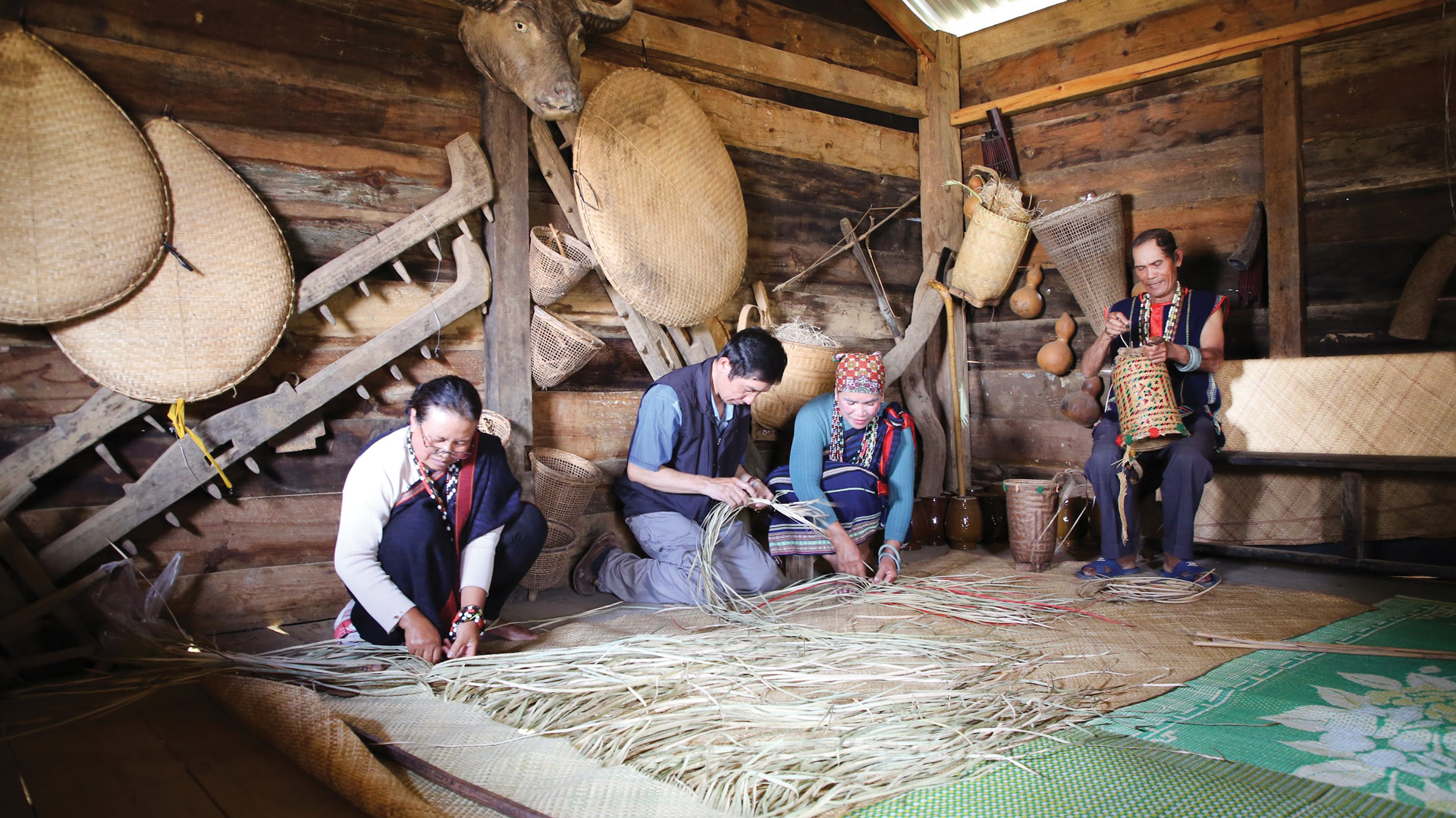 |
| Traditional house space of ethnic minorities in Lac Duong |
• MAKING A DIFFERENCE IN EXPERIENCE
Unlike other simple tourist destinations, Lam Dong is currently creating a special tourism development strategy, closely linked to the cultural values of ethnic minority communities, aiming to develop sustainable tourism, both protecting traditional cultural values and creating economic opportunities for local people. In particular, community tourism not only focuses on natural landscapes but also exploits and preserves the unique cultural characteristics of ethnic groups, such as K'Ho, Churu, Ma, M'Nong, Tay, ... helping tourists have the opportunity to approach, feel and live with the unique cultural values in the locality.
In the Churu village in Diom A hamlet, Lac Xuan commune (Don Duong district), the nights when there are guests are more bustling. In front of the traditional house, the gong beat blends with the trumpet melody playing the Pahgơnang folk dance, jubilant and inviting. According to Meritorious Artisan Ma Bio, many tourist groups want to live in the Churu cultural area, so they call in advance to experience the cultural space in the Southern Central Highlands. "Through the restored festivals and campfire nights in the villages with the people, I have come to understand more about musical instruments. For the people in the Central Highlands, gongs are a means of communicating with gods, the earth and sky, a bridge connecting generations," said tourist Le Thi Thanh from Ho Chi Minh City.
Artisan Ka Ep (Duệ village, Đinh Lạc commune, Di Linh district) spends his free time "teaching his craft" to everyone, with the hope that "Tourists who come to visit our village's weaving village will directly experience the process of creating handicraft products from bamboo, such as baskets, trays, winnowing trays, winnowing trays...". Weaving is a long-standing craft of the Ma, Churu, and K'Ho people. In recent years, the models of craft villages combined with tourism in rural areas have not only helped people preserve and develop their traditional crafts, increasing their income; but also created unique tourism products to introduce to tourists. Coming to Due village, visitors will be carefully guided by local artisans from choosing materials, trimming, to weaving and finishing the product. Wicker baskets, crates, and baskets are essential items in daily life. They are not only beautiful in appearance but also contain meticulousness, ingenuity, and sophistication in each thread and each weaving line..., making them an interesting experience for visitors.
In order to serve tourists, whether it is performing music, gongs like in Diom A village, or guiding tourists to practice traditional crafts, artisans, actors, and people in rural areas always have to learn, study, practice, and perform regularly... These activities have contributed to preserving traditional culture, giving wings to tourism, helping the socio-economic life of the people to develop more, creating effective rural tourism models, creating unique cultural values of rural tourism compared to other types of tourism; as well as different experiences when tourists are immersed in the lives of local people.
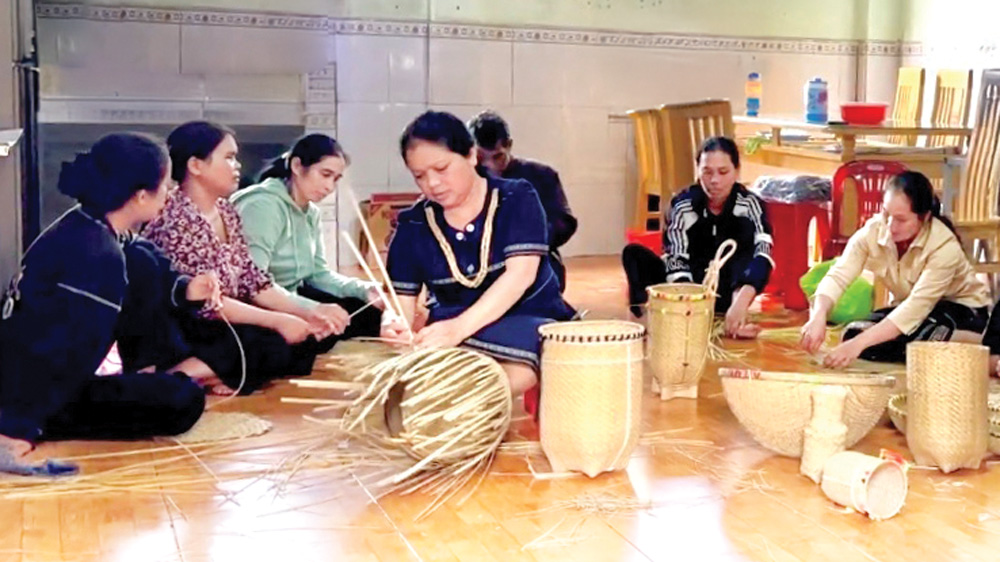 |
| Artisan Ka Ep guides people in Due village to weave baskets and other bamboo and rattan items... |
• IS THE DRIVING POWER FOR TOURISM DEVELOPMENT
Rural tourism in Lam Dong does not stop at preserving the gong cultural space or traditional crafts. The province is making efforts to build and develop cultural spaces, where traditional villages have been preserved for many generations, along with many works to restore the typical culture of indigenous peoples, such as the Churu Ethnic Cultural Village Model (Don Duong), M'Nong Cultural Village (Da Tong Commune, Dam Rong District), K'Ho Traditional Cultural Village in Dung K'si Village (Da Chais Commune, Lac Duong District)... Conservation areas and cultural villages not only help preserve the heritage of their ancestors, but are also an opportunity for indigenous people to connect with tourists, share their stories, and create lasting spiritual values.
According to Mr. Chu Van - Director of Don Duong Xanh Experience Tourism Company: Linking museum activities with tourism development is a new direction, on the one hand, bringing tourists interesting cultural experiences and discoveries; on the other hand, it is an opportunity to preserve and promote values and unique cultural identities, contributing to creating resources for the tourism industry, especially rural tourism which is developing strongly.... helping tourists when coming to rural areas not only visit but also have the opportunity to understand more deeply about the cultural life and customs of local people...
Rural tourism development cannot ignore the cultural factor, because this is the driving force for preserving and promoting traditional values. When culture becomes an economic resource, people will be more aware of preserving and promoting those values. Cultural tourism is a form of sustainable tourism, bringing economic benefits to the local community, while protecting the environment and preserving cultural identity. Culture is also the bridge that helps tourists connect with the community, understand more about the life and people here. Community tourism models associated with preserving and restoring culture are the key factor in developing sustainable tourism, both bringing economic value to the local community; and contributing to preserving and promoting the unique cultural values of the nation, so that each trip of tourists becomes an unforgettable experience in the journey of discovering the identity of the region.
Source: http://baolamdong.vn/du-lich/202501/van-hoa-la-hon-cot-cua-du-lich-nong-thon-tai-lam-dong-a522fb8/





![[Photo] Prime Minister Pham Minh Chinh chairs conference to promote public investment growth momentum](https://vphoto.vietnam.vn/thumb/1200x675/vietnam/resource/IMAGE/2025/5/20/7d1fac1aef9d4002a09ee8fa7e0fc5c5)


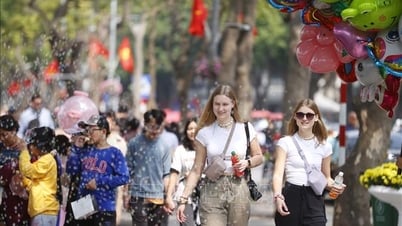





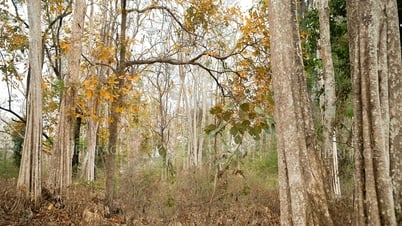



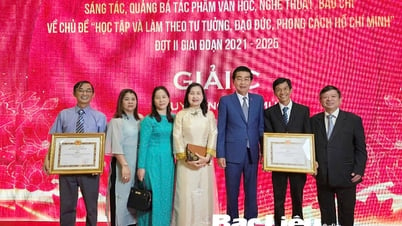


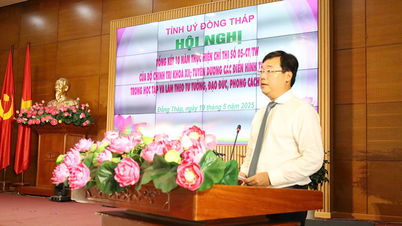
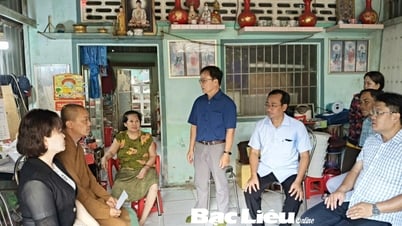









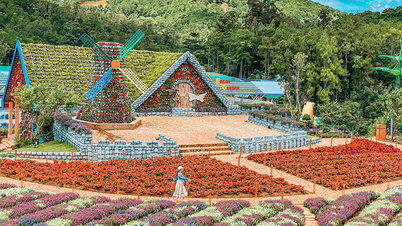

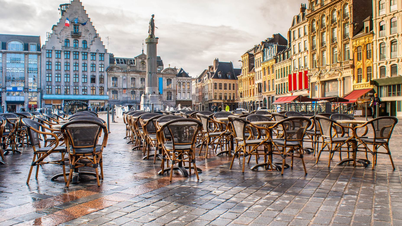
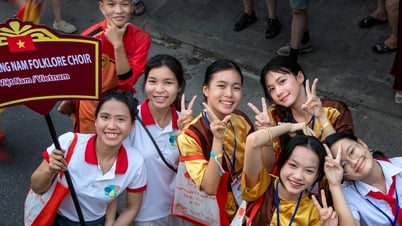





















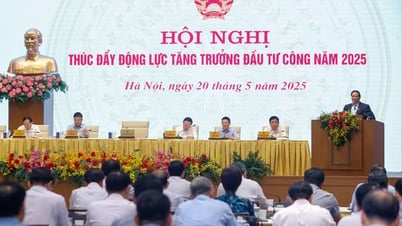







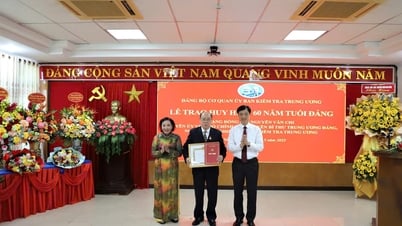

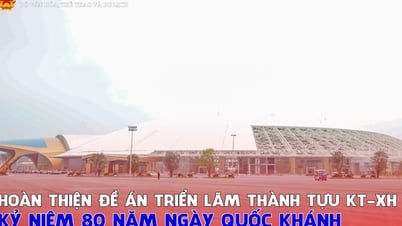

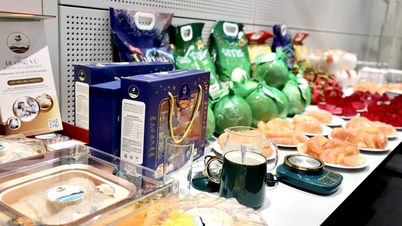



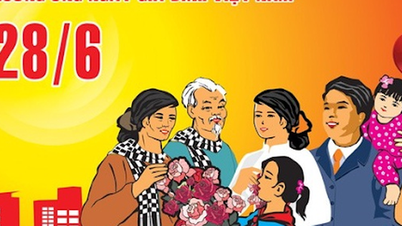
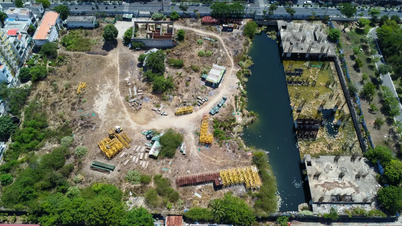

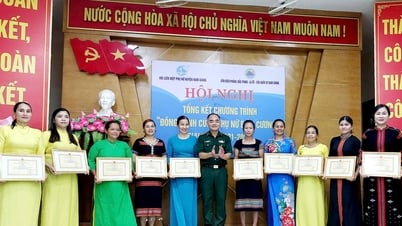
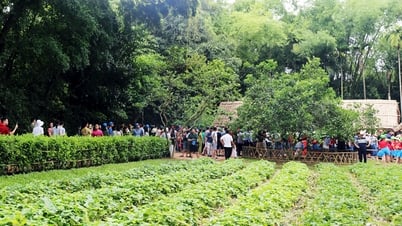



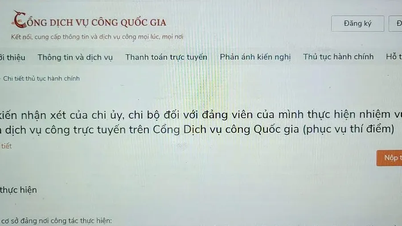
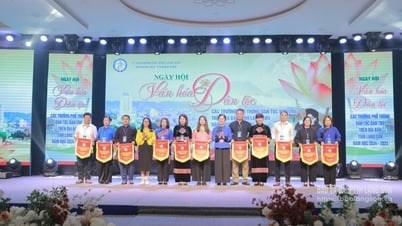












Comment (0)